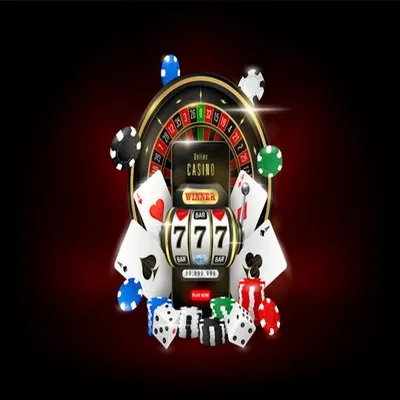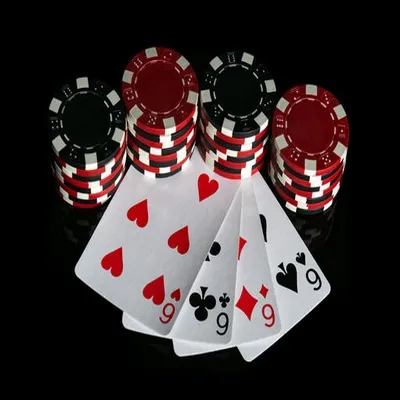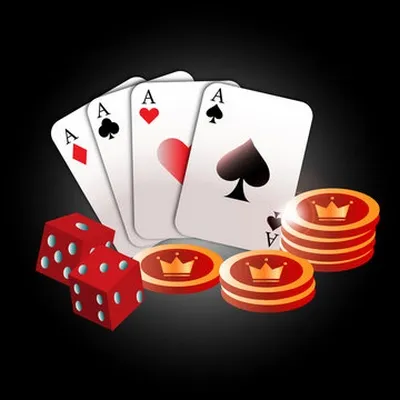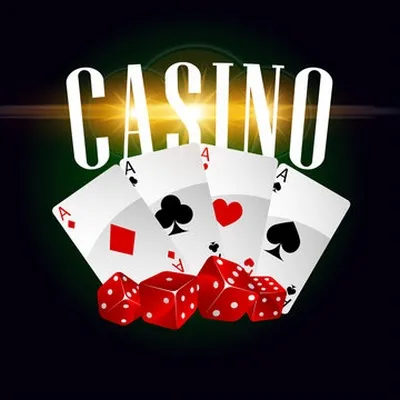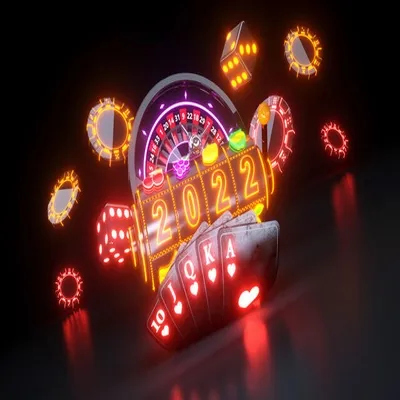6
$60458
6The betting industry in Southeast Asia has a long and tumultuous history. This region, with its diverse culture and the intersection of many civilizations, has created an ideal environment for the formation and development of betting forms from folk games to grand casinos and modern sports betting. The following article will go through the important milestones in the development history of the betting industry in Southeast Asia.
Another important part is to monitor and adjust your betting strategy after each match. Some players only focus on matches with clear results and ignore matches that are not very interesting or do not have much information. However, these can be matches that provide great betting opportunities if you analyze carefully. Keeping track of teams, athletes, and external factors that can affect the outcome is important to maintain an effective betting strategy.
Product description

6Parlay Bet
Betting on substitutions in football is a less common but interesting form of betting. Players will bet on whether there will be a substitution during the match or which team will make the first substitution.
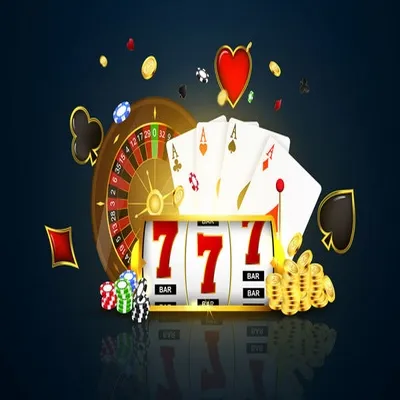
Betting on the form of a football team is a popular strategy that many players use. When a team is in good form, they will often win and tend to win the betting odds. On the contrary, when a team is in poor form, players can bet on the opposite odds, such as betting on the opposing team. Keeping track of the team's form through recent matches will help players make more reasonable betting decisions. Keywords such as "team form", "football form tracking", or "team form betting" are useful keywords when wanting to bet on form.
It is also theorized that playing cards were brought to the West via the Silk Road, a trade route that connected Eastern and Western civilizations. As playing cards reached Western countries, they gradually evolved into the decks we use today. By the 14th century, playing cards had arrived in Europe and began to become popular. In France, the deck was improved with the four suits we know today: clubs, hearts, spades, and diamonds. These cards also came with distinctive drawings that reflected the social classes: knights, queens, and kings.

